Emergent patterns of patchiness differ between physical and planktonic properties in the ocean
Gray, P. C., E. Boss, G. Bourdin, Tara Pacific Consortium, Mission Microbiomes AtlantECO, Y. Lehahn (2025)
Nature Communications, 63
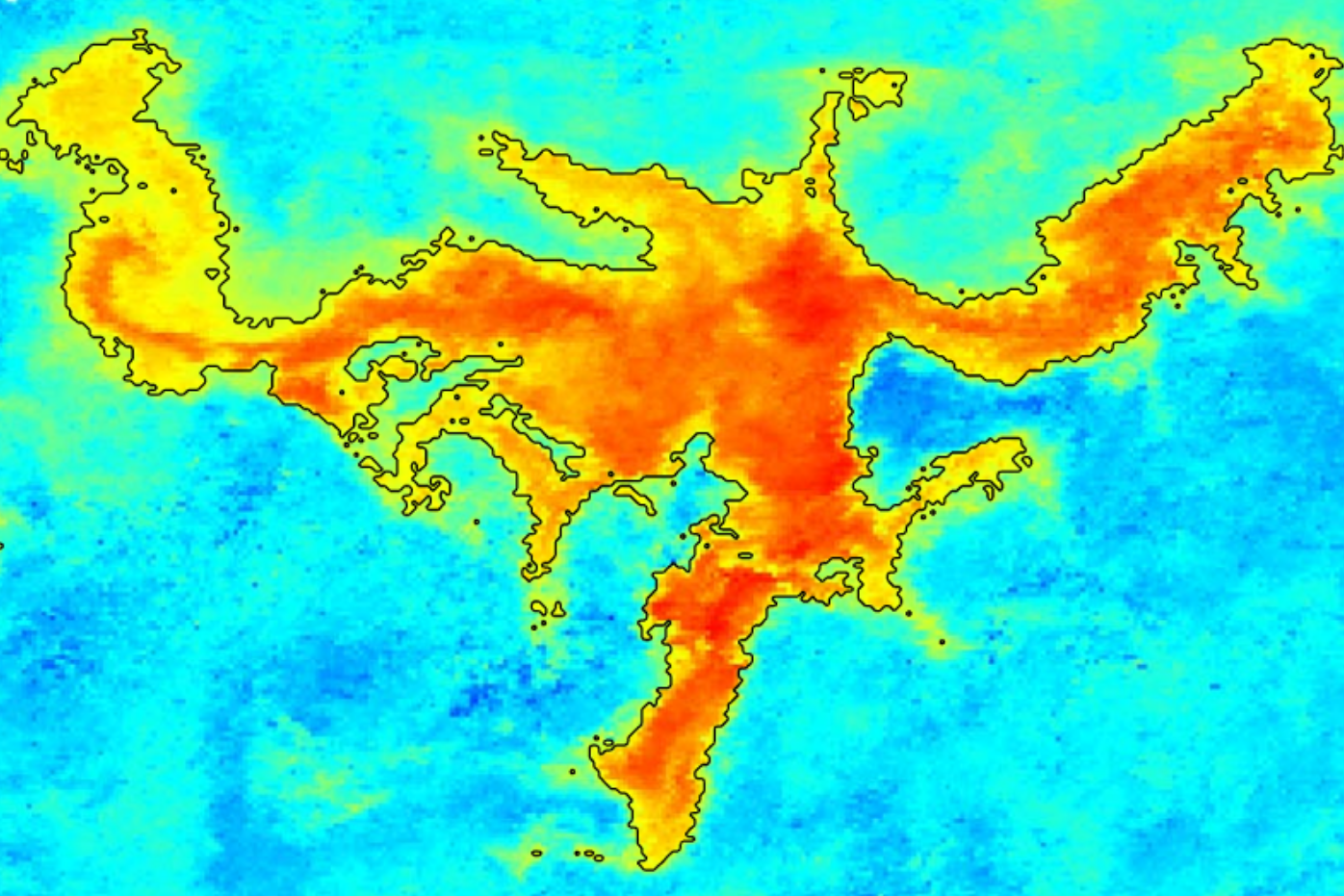
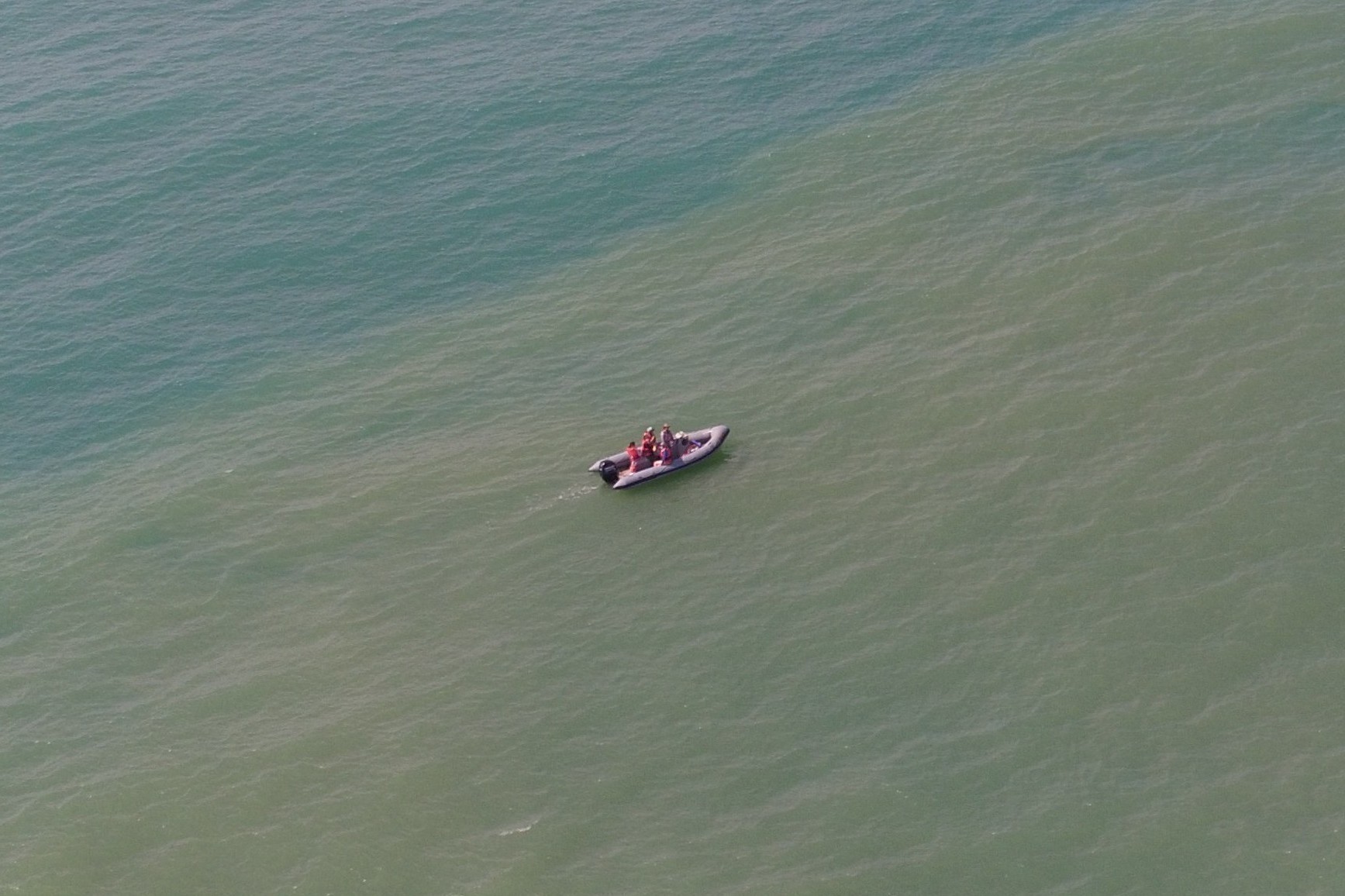
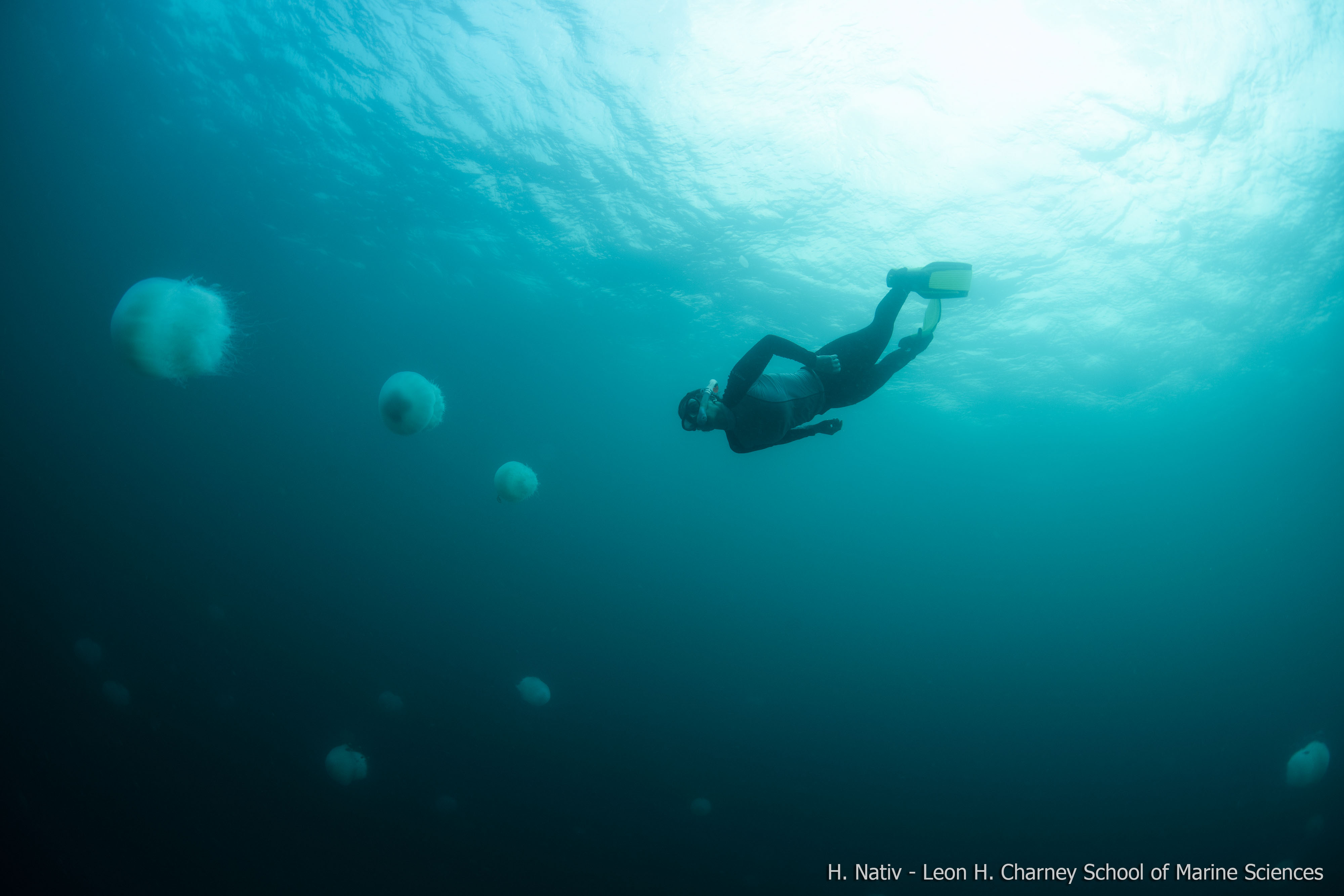
We integrate in-situ data with remote-sensing observations from satellites, airplanes and drones to characterize variability patterns and motions over multiple spatial and temporal scales, providing observational insights into various aspects of marine research.

PhD Student
Data driven ocean research

PhD Student
Data driven ocean research
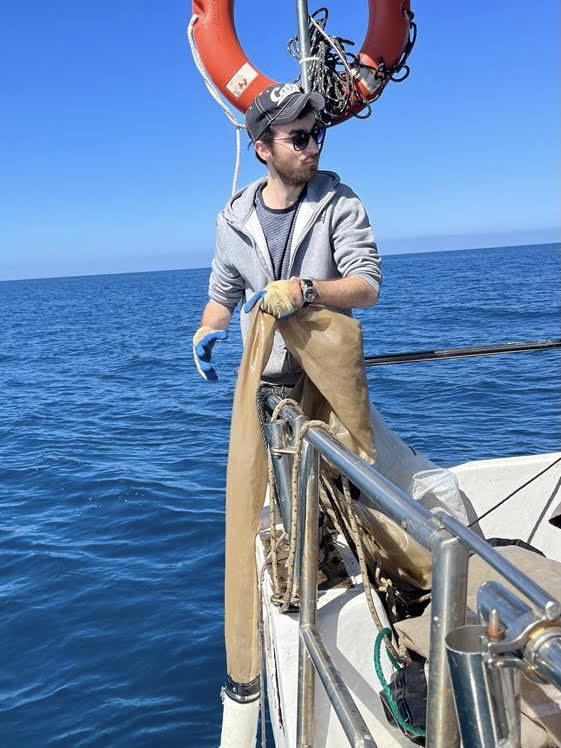
PhD Student
Data driven ocean research

PhD Student
Sea surface microlayer
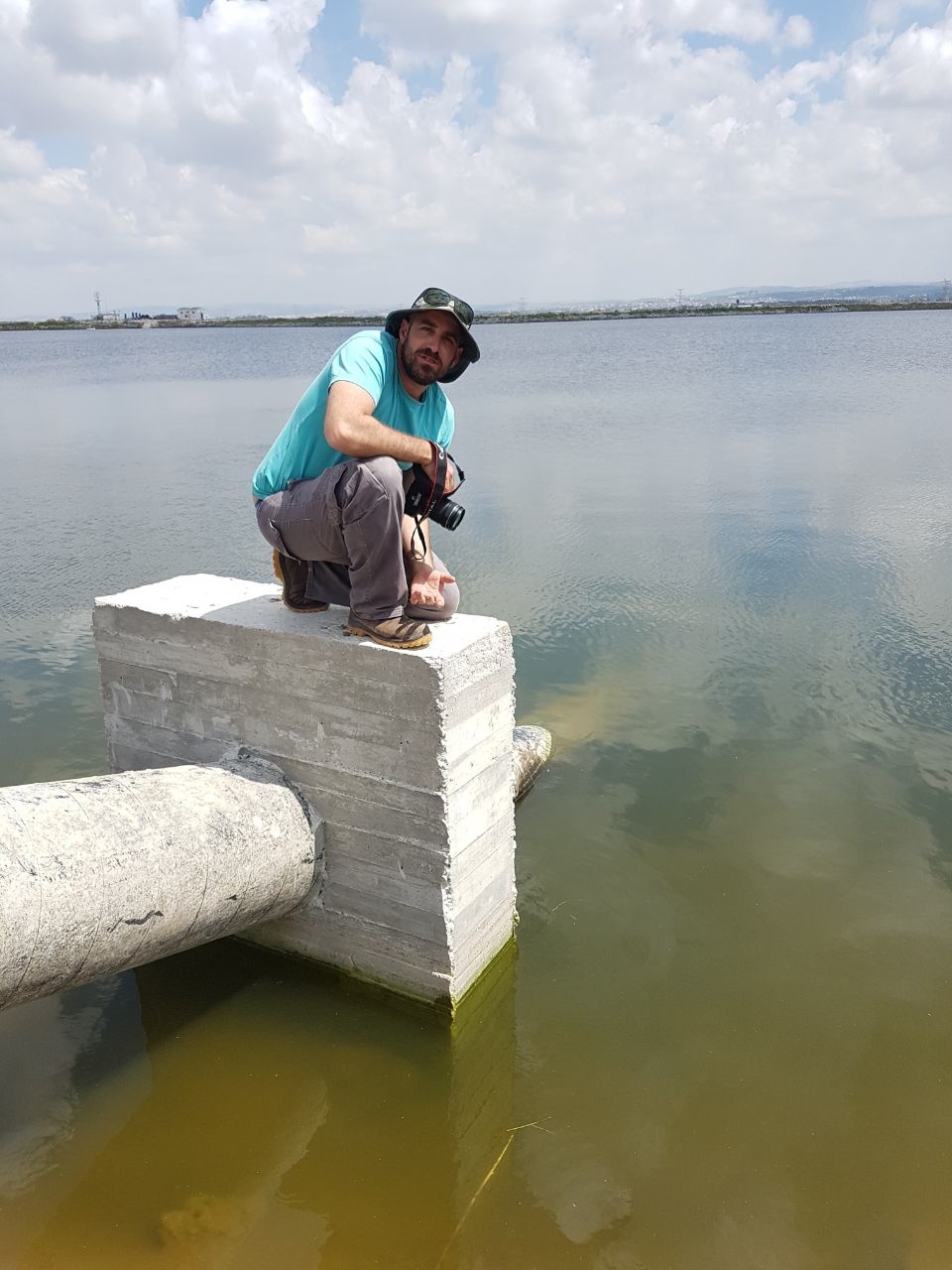
PhD Student
Ecology of inland water bodies
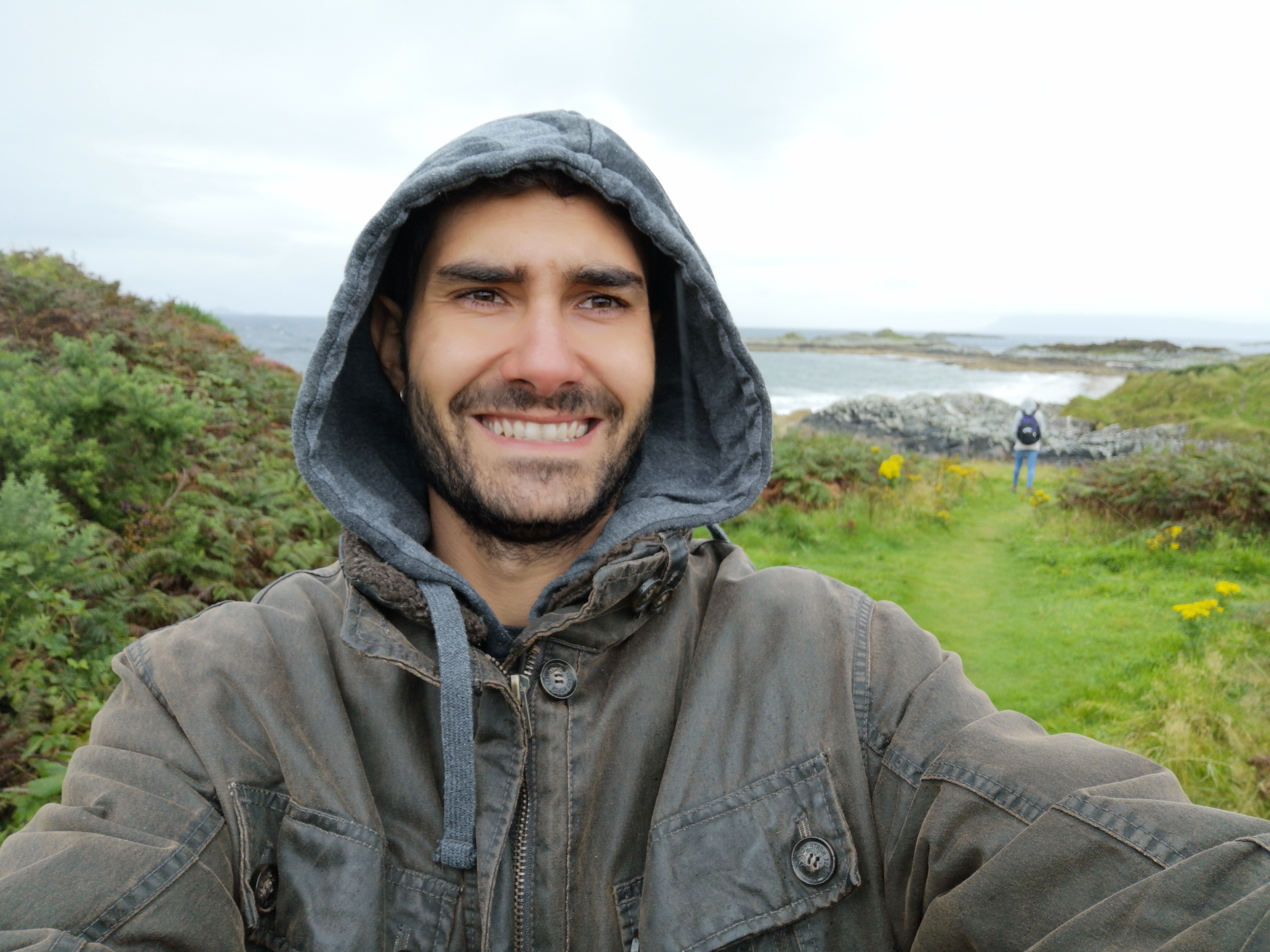
PhD Student
Circulation and ecology of the Eastern Mediterranean Sea

PhD Student
Ecology of inland water bodies
Explore detailed profiles of all team members, students, and alumni
Gray, P. C., E. Boss, G. Bourdin, Tara Pacific Consortium, Mission Microbiomes AtlantECO, Y. Lehahn (2025)
Nature Communications, 63
Bloch Haimson, M., Y. Lehahn, T. Sagi (2025)
Ocean Science, 21
Malul, D., H. Berman,A. Solodoch, O. Tal, N. Barak, G. Mizrahi, I. Berenshtein, Y. Toledo, T. Lotan, D. Sher, U. Shavit, Y. Lehahn (2024)
Current Biology, 34: 4033-4038.e5
Lehahn Y., F. d'Ovidio, I. Koren (2018)
Annual Review of Marine Science, 10: 99-119
Lehahn Y., I. Koren, S. Sharoni, F. d'Ovidio, A. Vardi, E. Boss (2017)
Nature Communications, 8: 14868
Lehahn, Y., I. Koren, D. Schatz, M. Frada, U. Sheyn, E. Boss, S. Efrati, Y. Rudich, K. Bidle, A. Vardi (2014)
Current Biology, 24: 2041-2046
Multi-Purpose Building, Room 280
University of Haifa
199 Aba Khoushy Ave
Mount Carmel, Haifa, 3498838
Israel
+972-5452-80992